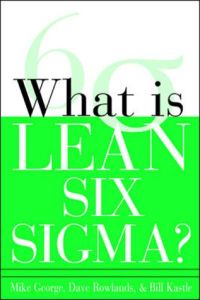
Read or listen offline
Amazon KindleRecommendation
Six Sigma books often couch their wisdom in acronyms or jargon, or they offer vague, unfulfilling anecdotal narratives. This book is different. As trim, focused and efficient as if a Six Sigma team had designed it, it gets the job done. Its mission is simple: explain the basic structure of Lean Six Sigma initiatives to readers who are likely to become involved in one. While select case studies are judiciously sprinkled throughout, this is a meat-and-potatoes book that tells you what you need to know in clear, straightforward prose. Although the authors - Mike George, Dave Rowlands and Bill Kastle - humbly issue the caveat that this is not intended to be a comprehensive reference, its terse yet relevant style will probably make it one of those dog-eared volumes that barely gets back to the HR bookshelf before it’s checked out again. Because of its plainspoken functionality, getAbstract recommends this manual strongly to anyone whose future may involve Lean Six Sigma.
Summary
About the Authors
Mike George is the founder and CEO of the Lean Six Sigma consulting firm, George Group, and the author of Lean Six Sigma and Lean Six Sigma for Service. Dave Rowlands is vice president for quality and head of Lean Six Sigma at Xerox Corporation. Bill Kastle, vice president of George Group, has helped guide Lean Six Sigma initiatives at major corporations.








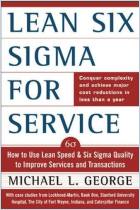
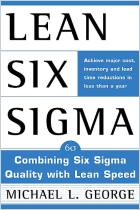

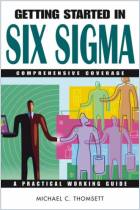

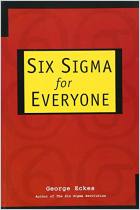
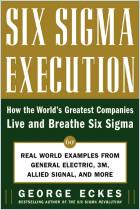





Comment on this summary or Начать обсуждение